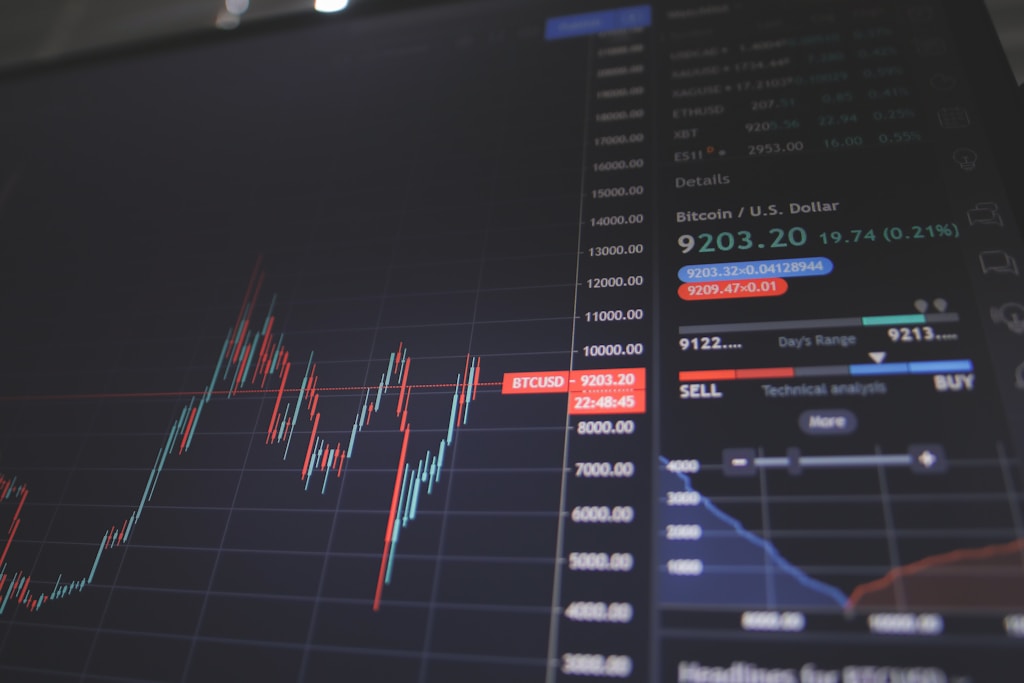The Network Value to Transactions (NVT) Golden Cross, a key Bitcoin valuation metric, is signaling potential downside risk for BTC as it trades near $83,000. According to a recent CryptoQuant analysis, Bitcoin’s current market capitalization appears inflated relative to its network transaction volume, suggesting the possibility of continued price corrections.
Understanding the NVT Golden Cross Warning Signal
CryptoQuant analyst BorisVest’s latest research aligns with recent market concerns highlighted in previous NVT analysis showing potential price overvaluation. The metric, which compares Bitcoin’s market cap to its transaction volume, currently indicates speculative activity may be outpacing fundamental network usage.
Key findings from the analysis include:
- Bitcoin has declined 5.5% over the past week
- Current trading range hovers around $83,444
- Local bottom established at $76,000 earlier this month
Technical Analysis and Market Outlook
While the NVT indicator suggests caution, other market metrics paint a more nuanced picture. Notably, recent whale accumulation data shows significant buying at current levels, potentially providing price support.
Trader Sentiment and Position Analysis
Current market data reveals traders are experiencing an average unrealized loss of 14.57%, potentially reducing sell pressure as holders avoid booking losses. This psychological factor could help stabilize prices despite bearish technical indicators.
Looking Ahead: Key Factors to Watch
Several catalysts could influence Bitcoin’s price trajectory:
- Network transaction volume growth
- M2 money supply developments
- Institutional investment flows
- Technical pattern formations
Frequently Asked Questions
What is the NVT Golden Cross?
The NVT Golden Cross is a metric that divides Bitcoin’s market capitalization by its network transaction volume to assess whether the price is justified by actual network usage.
Why is the current NVT reading concerning?
The high market cap combined with relatively low transaction volume suggests potential price inflation driven by speculation rather than fundamental demand.
What could trigger a price recovery?
An increase in network transaction volume, institutional buying, or improved macroeconomic conditions could help support higher prices.
